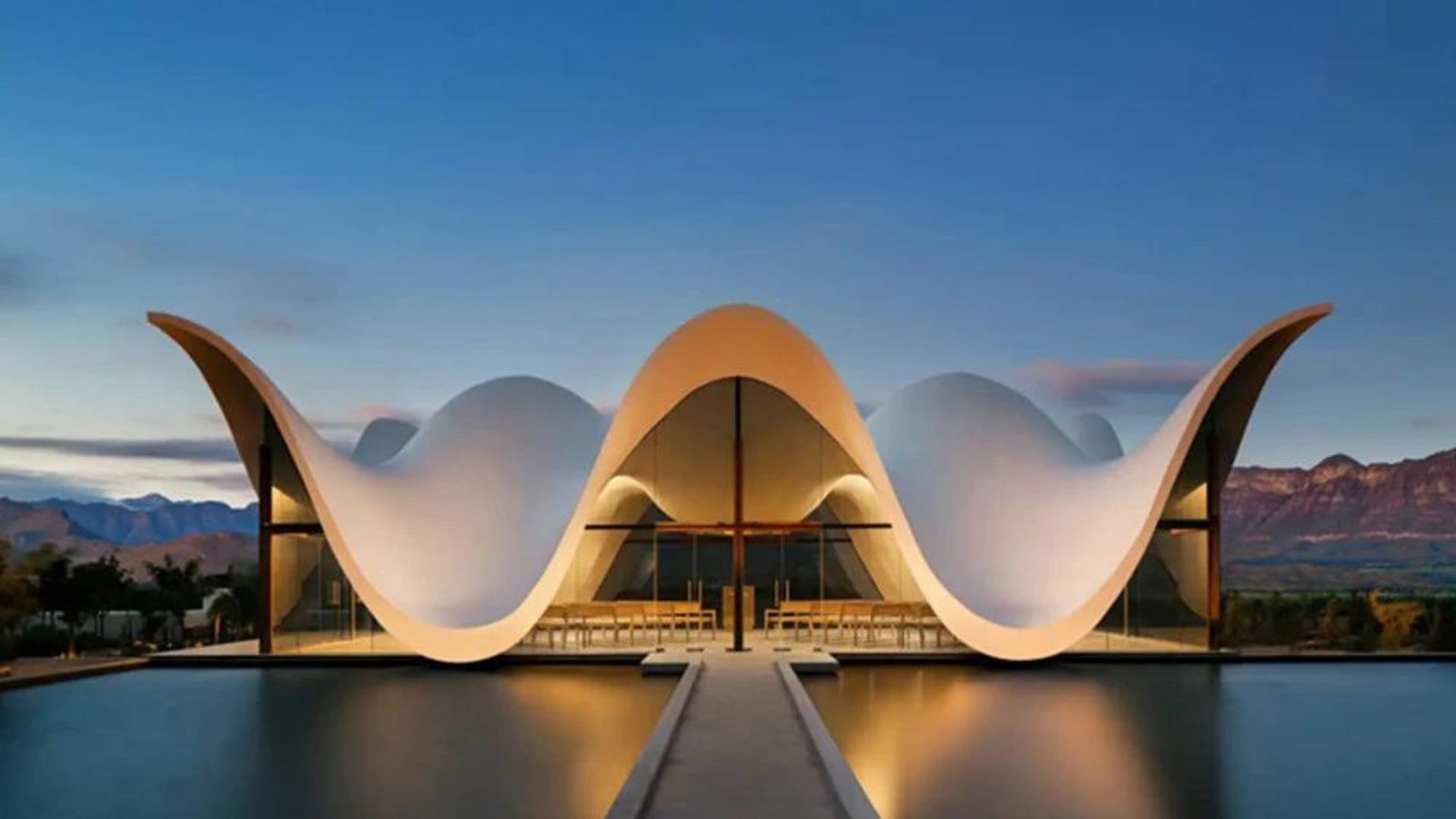Best Practices for Architectural Photography
Have you ever wondered how to capture the beauty of buildings in your photographs? Architectural photography is more than just pointing and shooting—it requires attention to detail and understanding of composition. Whether you’re photographing historic landmarks or modern skyscrapers, mastering the art of architectural photography can elevate your images from ordinary to extraordinary. Let’s explore some essential tips and techniques to help you improve your architectural photography skills.
Practices for Architectural Photography
Understanding Light and Shadow
Lighting plays a crucial role in architectural photography. Pay attention to how light interacts with the building throughout the day. Early morning and late afternoon often provide warm, soft light that enhances textures and details. Avoid harsh midday sunlight, as it can create strong shadows and wash out colours. Experiment with different angles to find the best lighting conditions that highlight the architectural features you want to emphasize.

Choosing the Right Equipment
While you don’t need the most expensive gear to take great architectural photos, having the right equipment can make a difference. A digital single-lens reflex (DSLR) or mirrorless camera with a wide-angle lens is ideal for capturing expansive buildings and interiors. Tripods are essential for stability, especially in low-light situations or when shooting long exposures. Consider using a polarizing filter to reduce glare and reflections on glass surfaces or water features.
Composition Techniques for Impactful Shots
Composition is key to creating visually appealing architectural photographs. Use leading lines, such as the edges of buildings or pathways, to draw the viewer’s eye into the image. Frame your shot carefully to include context and surroundings that complement the architecture. Experiment with perspectives—shoot from low angles to emphasize height and grandeur, or capture aerial views for a unique perspective. Remember the rule of thirds to balance elements within the frame and create a sense of harmony.
Attention to Detail and Symmetry
Architectural photography often revolves around symmetry and meticulous attention to detail. Look for patterns, textures, and geometric shapes that define the building’s design. Symmetrical compositions can be particularly striking, highlighting the precision and balance of architecture. Pay close attention to lines and edges to ensure they are straight and aligned, especially when photographing buildings with strong linear elements like bridges or skyscrapers.
Capturing Atmosphere and Mood
Great architectural photography goes beyond documenting buildings—it captures the atmosphere and mood of a place. Consider the time of day and weather conditions to convey different moods in your photographs. A cloudy sky can add drama and texture, while a clear blue sky provides a clean backdrop. Include human elements, such as people interacting with the architecture, to add scale and life to your images. Experiment with long exposures at night to capture the play of light and shadows.
Post-Processing and Editing Techniques
Post-processing can enhance the impact of your architectural photographs. Use editing software to adjust exposure, contrast, and colour balance to accurately represent the building’s characteristics. Correct lens distortion and perspective issues to ensure straight lines and balanced compositions. Avoid over-editing, as natural-looking photos often have more visual appeal. Aim for a consistent editing style across your architectural portfolio to maintain coherence and professionalism.
Research and Preparation
Before heading out to photograph a building or landmark, do some research and preparation. Understand the architectural style and historical significance of the structure. Visit the location beforehand to scout for interesting angles and viewpoints. Consider the best time of day for lighting conditions and plan your shoot accordingly. Obtain necessary permissions if you’re photographing private property or interiors to avoid legal issues.
Showcasing Your Work
Once you’ve captured stunning architectural photographs, showcase your work effectively. Create an online portfolio or website to display your best images. Use social media platforms like Instagram and Facebook to reach a wider audience and connect with fellow photographers and architecture enthusiasts. Participate in photography contests or exhibitions to gain exposure and recognition for your work. Networking with professionals in the architecture and photography industries can also lead to new opportunities and collaborations.
Conclusion
Mastering architectural photography requires patience, attention to detail, and a creative eye. By understanding lighting, using the right equipment, and applying composition techniques effectively, you can capture the beauty and essence of buildings in your photographs. Remember to experiment, learn from feedback, and continuously refine your skills. With practice and dedication, you’ll be able to create compelling architectural images that inspire and captivate viewers.



